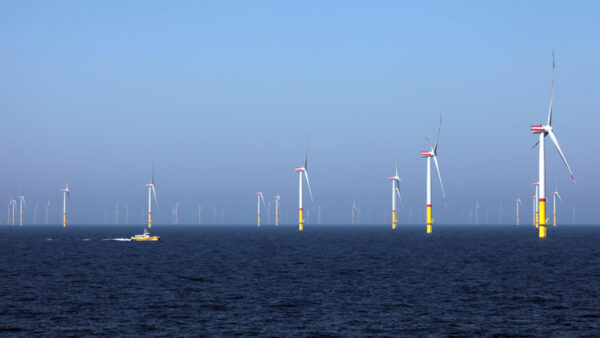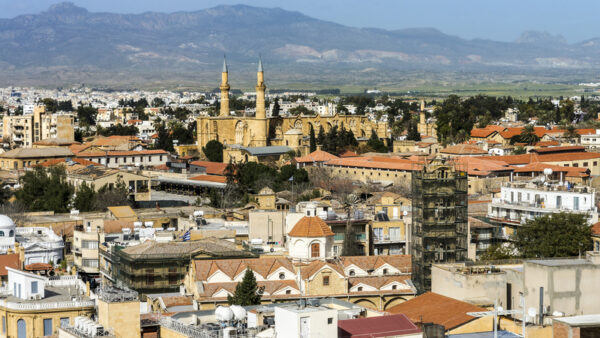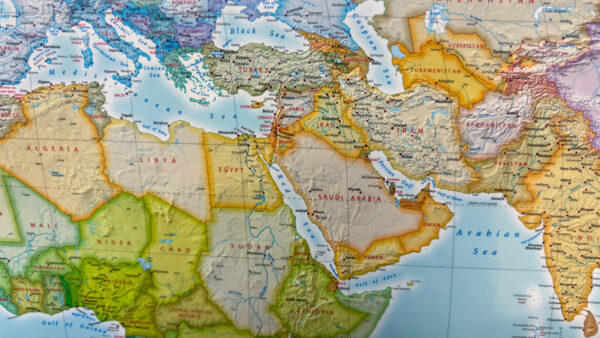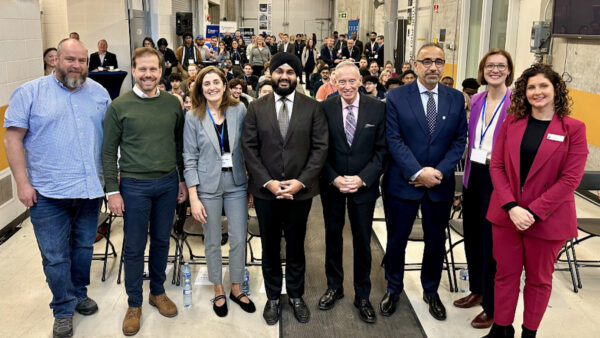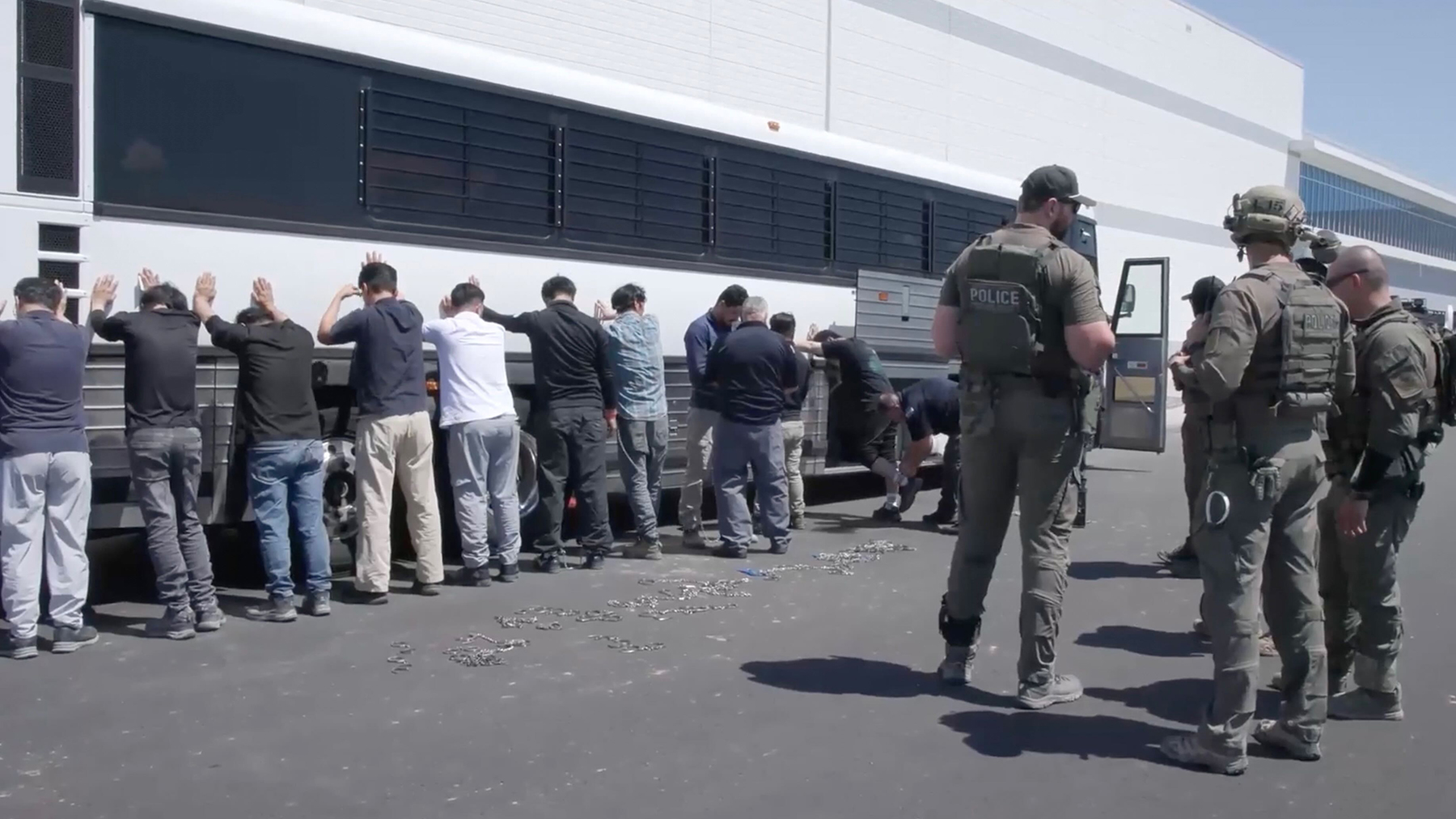
Today at 3.23pm local time, a chartered Boing 747 carrying 316 South Korean engineers and technicians – who just spent six days imprisoned in a detention centre in the US state of Georgia – touched down safely at Seoul’s Incheon International Airport.
They and 14 technicians from Japan and other countries were arrested last Thursday while installing production lines at a $4.3bn EV battery factory being built by South Korean conglomerates Hyundai Motor Group and LG Energy Solution near Savannah, Georgia, sparking a diplomatic crisis with an erstwhile key Asian ally of the US.
One Korean worker elected to stay in the US.
The raid, planned for months and led by US Immigration and Customs Enforcement (ICE), saw more than 400 armed officers from agencies – including the FBI, the Drug Enforcement Administration, US Border Patrol, the Bureau of Alcohol, Tobacco, Firearms and Explosives, the Internal Revenue Service and others – swarm the site at Ellabell, where the battery plant is being built next to Hyundai’s new “Metaplant America” EV factory.
Officers arrested and detained 475 people in all working at the construction site, claiming last Friday: “The individuals arrested during the operation were found to be working illegally, in violation of the terms of their visas and/or statuses. People on short-term or recreational visas are not authorised to work in the US.”
ICE videoed the raid and released footage of the workers being rounded up, chained, and handcuffed.
The raid as it happened
No charges were announced, however.
The crisis erupted just as US and South Korean officials are negotiating the details of a trade deal that would see South Korea hand over $350bn to the US in return for the imposition of tariffs at 15% instead of President Trump’s threatened 25%.
The outline of the deal was announced at the end of July but South Korea has yet to sign it because of concerns over the impact its $350bn handover would have on the domestic dollar-won exchange market, Reuters reports.
The ICE raid also came nine days after Hyundai Motor pledged to spend $26bn in the US on steel, automotive and robotics manufacturing between now and 2028.
Top diplomat kept waiting
The Koreans’ release from the detention centre in Folkston, Georgia at around 1.45am yesterday came after a week of frantic efforts by the South Korean government.
South Korean foreign minister Cho Hyun flew to Washington DC on Monday night for talks with US secretary of state Marco Rubio on Tuesday, but was kept waiting a day owing to unspecified “US circumstances”, according to the South Korean foreign ministry.
With concern and confusion mounting at home, Cho vowed Wednesday to “rescue” his compatriots “within the shortest time”, Yonhap News Agency reported.
No handcuffs
What happened next depends on which government’s account you believe about the Cho-Rubio meeting that did eventually occur on Wednesday.
The US State Department’s readout of the meeting consisted of two paragraphs of boilerplate declarations of appreciation for the 70-year-old alliance between the two countries. It made no mention of the Hyundai-LG battery plant raid or the imprisoned South Koreans – the very reason for the meeting.
The South Korean foreign ministry’s account differed considerably. It said Cho urged Rubio to release the detainees without handcuffs or any other restraints, and to make sure they would not be disadvantaged in re-entering the US in the future.
The ministry said President Trump had instructed Rubio to “swiftly conduct consultations and take steps to ensure things will materialise according to the South Korean side’s wishes if possible”, Yonhap reports.
That has now happened.
‘They know they screwed up’
The ICE press release trumpeting the raid last Friday, 5 September, emphasised that the 475 detained included around 300 South Koreans whom ICE insisted had been working illegally.
Now the release doesn’t mention the Koreans at all.
“They’re just covering up the fact that they screwed up. They know they screwed up,” said Charles Kuck, an Atlanta-based immigration lawyer who represented seven South Korean, three Japanese, and three Hispanic workers detained in the raid.
“It’s weird”: Detainees’ lawyer on what happened and what it means:
Among his clients were two PhDs, engineers and specialist installers. All had the appropriate visas for the work they were doing, he said.
He told GCR in an interview yesterday that the workers were free to return, but that some said they’d never come back.
“Several of them said ‘I’m done. I can’t trust America, I’m done’, which is a giant problem for the companies because these are the best guys they have doing this absolutely required work pursuant to their contract.
“So I would imagine there’s going to be a pretty substantial delay in the opening of this plant.”
Aftermath
The episode has shaken South Korea.
South Korean president Lee Jae Myung said he felt a “heavy sense of responsibility” over the detention of South Koreans.
“I offer my deepest sympathy for the shock and distress they must have felt from this sudden incident,” he said.
But he did offer some pushback by adding: “I hope that no unfair infringements on the activities of our people and businesses – which contribute to the shared development of both Korea and the United States – will ever happen again.”
Yesterday, the president said the raid would make Korean companies “very hesitant” about making direct investments in the US, Yonhap reports.
He added it “could be disadvantageous or difficult to set up a factory there, so [companies] can’t but agonise over it”.
- Subscribe here to get stories about construction around the world in your inbox three times a week

